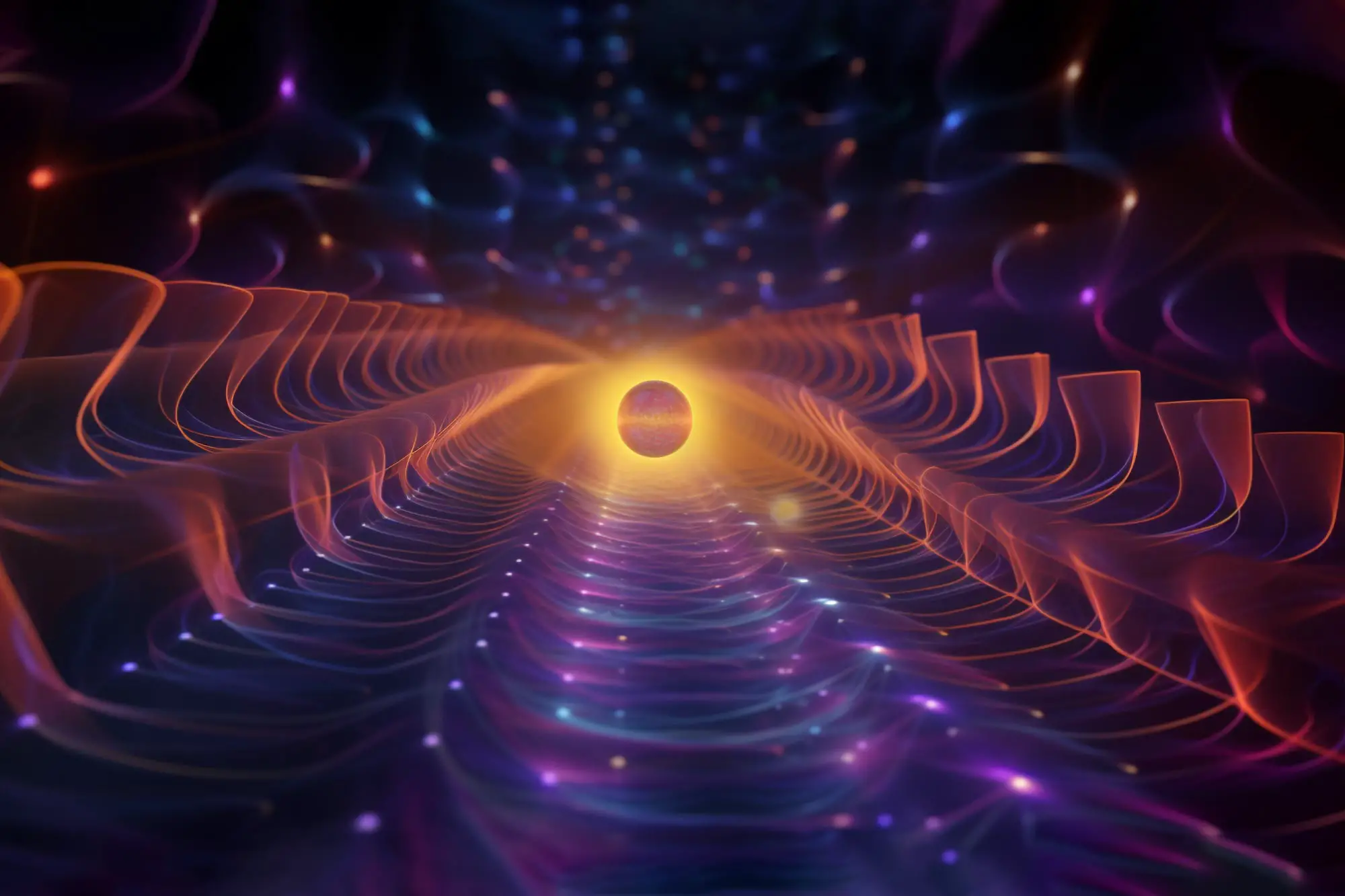
In a breakthrough in quantum information storage, researchers have developed a method to translate electrical quantum states into sound and vice versa, using phonons.
Quantum computing, like traditional computing, requires a method to store the information it uses and processes. On the computer you’re using right now, information needs to be stored – whether it’s photos of your dog, a reminder about a friend’s birthday, or the words you type in your browser’s address bar. somewhere. Quantum computing, a relatively new field, is still investigating where and how to store quantum information.
Innovative method for storing quantum information
In an article recently published in the journal

Mohammad Mirhosseini and his team have introduced an innovative method for storing quantum information by translating electrical quantum states into sound. The new technique utilizes phonons and avoids the energy loss associated with previous methods. It enables longer storage times and represents a significant advance in the field of quantum computing. Credit: Maayan Illustration
This method makes use of so-called phonons, the sound equivalent of a light particle called a
” data-gt-translate-attributes=”[{“attribute”:”data-cmtooltip”, “format”:”html”}]”>photos. (Remember that in quantum mechanics all waves are particles and vice versa). The experiment examines phonons for storing quantum information because it is relatively easy to build small devices that can store these mechanical waves.
Using sound waves to store information
To understand how a sound wave can store information, imagine an extremely echoic room. Let’s say you need to remember your shopping list for the afternoon, so you open the door to the room and shout “Eggs, bacon and milk!” and closed the door. An hour later, when it’s time to go to the grocery store, you open the door, poke your head in, and hear your own voice still echoing, “Eggs, bacon, and milk!” You just used sound waves to store information.

Mohammad Mirhosseini. Credit: Caltech
Of course, in the real world, such an echo wouldn’t last very long, and your voice might become so distorted that you can no longer make out your own words, not to mention using an entire room to store some data would be ridiculously. The research group’s solution is a small device consisting of flexible plates that are vibrated by sound waves at extremely high frequencies. When an electrical charge is placed on these plates, they become able to interact with electrical signals that carry quantum information. This allows the information to be brought into the device for storage and brought out for later use – not unlike the door to the room you shouted into earlier in this story.
Previous research and new development
According to Mohammad Mirhosseini, previous studies had investigated a special type of material called piezoelectricity as a means of converting mechanical energy into electrical energy in quantum applications.
“However, these materials tend to cause energy loss for electric and sound waves, and loss is a big killer in the quantum world,” says Mirhosseini. In contrast, the new method developed by Mirhosseini and his team is independent of the properties of specific materials, making it compatible with established quantum devices, which are based on microwaves.
Conclusion: Progress and challenges
Creating efficient storage devices with small footprints has been another practical challenge for researchers working on quantum applications, said Alkim Bozkurt, a PhD student in Mirhosseini’s group and the lead author of the paper.
“However, our method enables the storage of quantum information from electrical circuits for two orders of magnitude longer than other compact mechanical devices,” he adds.
Reference: “A quantum electromechanical interface for long-lived phonones” by Alkim Bozkurt, Han Zhao, Chaitali Joshi, Henry G. LeDuc, Peter K. Day and Mohammad Mirhosseini, 22 Jun 2023, Natural physics.
DOI: 10.1038/s41567-023-02080-w
Co-authors include Chaitali Joshi and Han Zhao, both postdoctoral fellows in electrical engineering and applied physics; and Peter Day and Henry LeDuc, who are scientists at the Jet Propulsion Laboratory, which Caltech leads
” data-gt-translate-attributes=”[{“attribute”:”data-cmtooltip”, “format”:”html”}]”>NASA. The research was partially funded by the KNI-Wheatley Scholars program.
#Quantum #Echoes #revolutionary #method #storing #information #sound #waves
